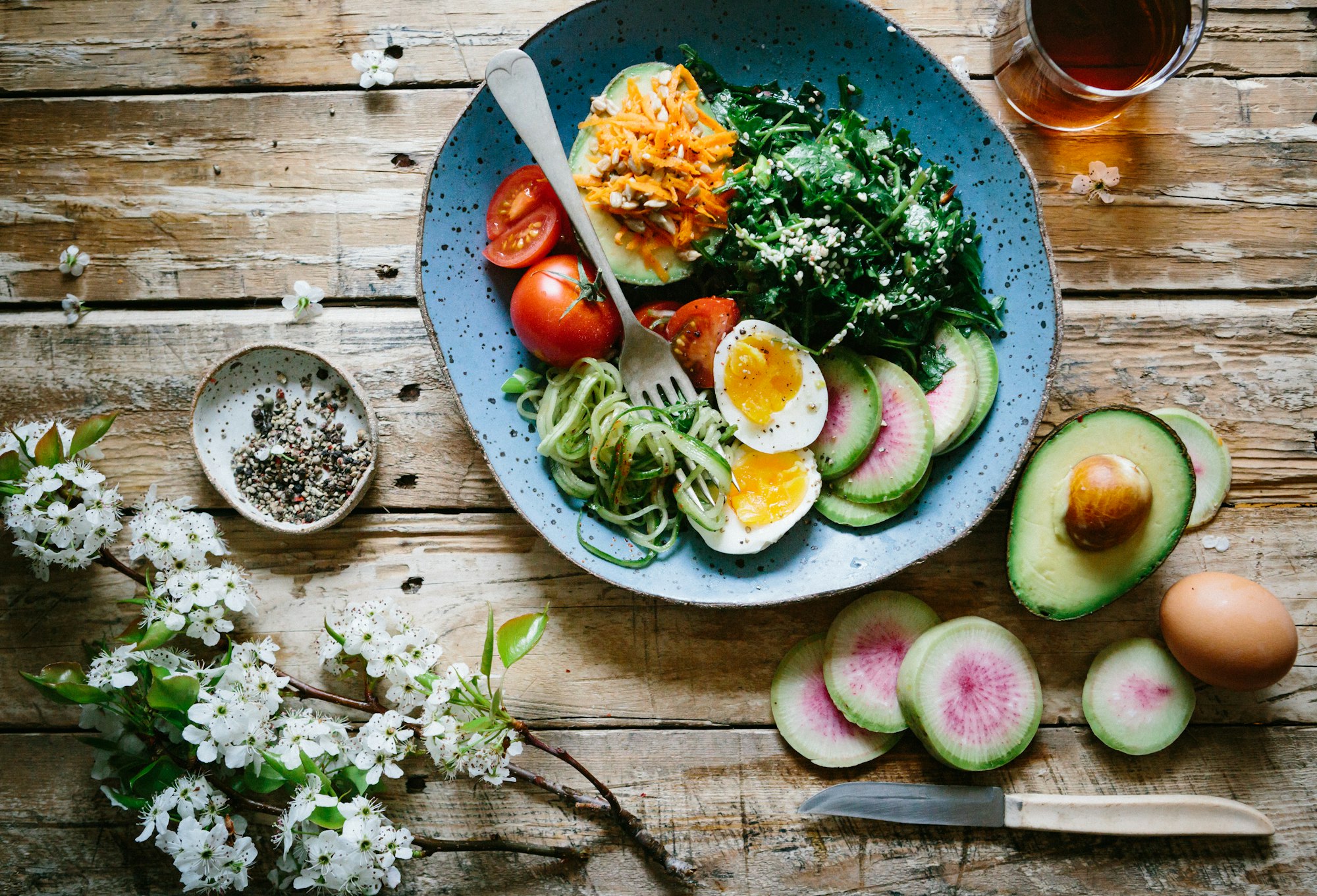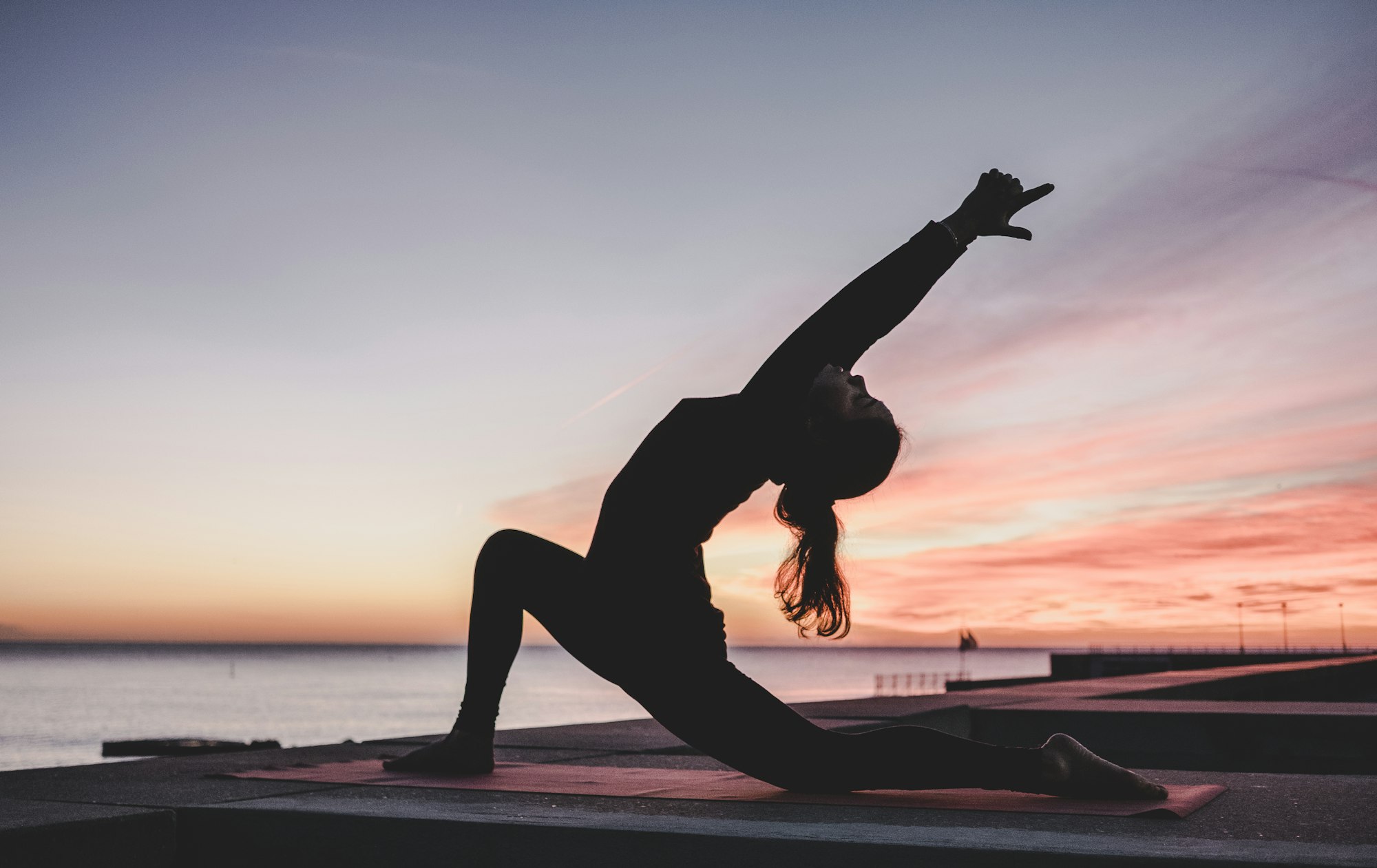Time for a change
I’ve been there. It feels like every time you turn around, someone is trying to convince you that they have the solution to your weight loss woes. You’re tired of hearing about diets and pills, but what else is there? If only there was a way to make lasting changes in my life—and keep them after I put them into practice! Well, guess what? There is: healthy eating and regular exercise can help me lose weight without any dangerous side effects or expensive supplements.
The first step is understanding how much you're really eating.
The first step is understanding how much you're really eating. If you're not sure, use the following table as a guide:
- A serving size is 1/2 cup of cooked rice, pasta, or cereal (1/2 cup uncooked).
- One slice of bread has 2 slices in it and each slice contains about 200 calories.
- A medium apple has 100 calories and one ounce of cheese has 80 calories—that's only half an apple! So if you eat an entire medium apple or 1/4 pound of cheese every day for 30 days straight (which would be plenty), that's 1,200 extra calories just from those two sources alone!

Set a daily calorie goal that leaves little room for error.
If you want to lose weight, setting a daily calorie goal that leaves you with some wiggle room is important. In general, the amount of calories you need depends on your body type and activity level. For example, if you're an active person who burns 2,000-2,500 calories per day (the average weight loss range), then it's best to aim for 1,200-1,500 calories per day.
To find out how many calories are right for your needs—and what sort of food plan works best—talk with a nutritionist or dietitian.
Make a list of changes you want to make and pick one to start.
Once you’ve made a list of changes you want to make, it’s time to pick one.
When choosing which change to start with, keep in mind that it should be realistic and achievable. Don't put too much pressure on yourself or get discouraged if things don't go as planned right away—you're only human! Try not to feel like there's any one thing that will make all your problems go away overnight; instead, try focusing on making small improvements so they add up over time (and maybe even inspire other people).
Focus on making good choices 90% of the time, rather than trying to be perfect all the time.
Make a list of your goals and keep them in front of you as often as possible. Whenever you feel like giving up, look at your list and remind yourself why these things matter to you.
Focus on making good choices 90% of the time, rather than trying to be perfect all the time. If there is something that needs improvement, make an effort to improve it—but don't beat yourself up if you make a bad choice or two along the way! Don't try changing everything at once either—it's more effective than trying too hard when one thing isn't working out right now because we'll end up disappointed if we do that."

Find healthy sources of carbs and fat to replace the ones you’re giving up.
- Replace with whole grains.
- Replace with fruits and vegetables.
- Replace with nuts and seeds (e.g., almonds).
- Replace unhealthy fats with healthy fats (e.g., avocado).
- Eat low-fat dairy products instead of full-fat ones when possible (e.g., yogurt).
Foods that aren’t good for you aren’t off-limits forever; just leave them in your past life.
When you’re trying to lose weight, it can be tempting to avoid all foods that aren’t on your approved-food list. But this is not the way forward. Instead of feeling guilty about eating unhealthy food, take a step back and think about why you want to eat healthy in the first place. Is it because it makes you feel better? Because it tastes better? Or maybe because you are bored with how many calories are in every meal that comes out of the microwave?
We all have our reasons for wanting to change our diets—and there are no wrong ones! The only thing that matters is what works best for YOU as an individual; if something doesn't work for YOUR body type or lifestyle then don't use it anymore (and try something new).
Use an app to track your food intake, exercise, and weight loss progress.
- Calorie tracking apps. You can use these to keep track of your food intake, exercise, and weight loss progress.
- Food diary apps. These are great for recording what you eat, when, and where it was eaten at home or out in public. They also help with meal planning by providing calorie estimates based on portion sizes.
- Exercise tracking apps: These are especially helpful if you're trying to lose weight because they will monitor how much exercise time you spend each day—and give suggestions on how much more should be added so that your goal gets met sooner rather than later!
- Weight loss apps: There are plenty out there but we recommend one called Lose It!, which has been around since 2007 and has received rave reviews from users who say it works well even though some people find themselves needing help staying motivated during challenging times when life gets busy (and harder).
Always have snacks with you when you travel or go out for the day. Even if you don’t eat them, it’ll ensure that there are options when hunger strikes.
- Snacks are a great way to keep your energy up while traveling and out on the town.
- It's important not to overdo it with snacks, but having them can help stave off hunger pangs that might sneak up on you.
- Pack individual containers so you can portion out your food before leaving home, or find smaller portions that fit in one container like these mini cans of almonds or these individually-wrapped snacks (like popcorn).

A fitness tracker can help keep track of activity levels, calories burned, and even sleep patterns.
A fitness tracker is a great way to keep track of your activity levels, calories burned, and even sleep patterns. It can be a great motivator to see how much progress has been made over time. Keeping yourself accountable is key because it will help you stay on track with your goals.
Some fitness trackers have features that allow users to enter the number of steps taken during the day or after taking an activity break (e.g., walking). This information is then used by the device's app in calculating how many calories were burned during those workouts. The same goes for tracking how much sleep each night—if there's no movement from bedtime until waking up again in the morning, this could mean less restful slumber which could lead to dissatisfaction with life as well as poor performance at work or school!
It’s okay to take a rest day every once in a while but try for five or six days of physical activity each week.
The key to getting the most from your workouts is to make rest days a part of your routine. Your body needs time to recover, and it’s important not to overdo it by pushing too hard on the days you don’t work out. If you have an injury that prevents you from working out, then resting is even more important for healing and recovery.
A good rule of thumb for rest days is five or six hours per week of physical activity (this could be as simple as walking around your house). If this sounds like too much at first—or if there are other things going on in life that need attention—try starting with one day per week instead of two or three (or none). You can always add more activities later!
Log whatever kind of exercise works for you; even if it’s only an after-dinner walk around the block with your kids or dog.
If you’re new to fitness, don’t worry about having to do the same thing every day. Just go for a walk or run around with your kids or dog! You can even try dancing in your living room if it sounds fun.
You don't have to stick with something just because other people are doing it — and neither do they! Everyone has their own way of working out that works best for them, so don't feel like you have to do what everyone else does (or what they think others should do). Everyone has different goals and motivations when they start exercising, so don't let anyone pressure you into following theirs instead of yours; everyone is unique in how they approach their workouts and needs individualized attention from someone who knows how much time/effort goes into each one of these activities as well as what works best for them personally
You can use a variety of tools and techniques to set yourself up for success when it comes to weight loss
You can use a variety of tools and techniques to set yourself up for success when it comes to weight loss.
Set goals. This is one of the most important things you can do, as setting goals will help keep you on track with your diet and exercise plan. The goal should be realistic but challenging enough that it motivates you, but not so difficult that it feels impossible to achieve. If possible, think about what kind of lifestyle changes would make this new lifestyle possible—for example, if one of your goals is having more energy at work every day (and therefore being able to workout at lunchtime), then maybe try switching out one meal per day with an energy bar or protein shake instead! Or maybe even just eating breakfast every day instead of waiting until later in the morning as we do now? There are lots more ways in which different foods could play into our lives outside their role as fuel sources: for instance by making sure that everything goes into our mouths before bedtime so we don’t have room left over later on when hunger strikes again :)”
Conclusion
We know it can be hard to make a change in your life, but we hope that this information helps you get started on the right foot. If you’re having trouble keeping track of your food intake or hitting your daily goals, try using an app like MyFitnessPal or Lose It! It will help keep you accountable and give you insight into what works best for your body type. And don’t forget about all those tools we mentioned earlier; they can really help make staying on track easier than ever!
Richard's Corner Newsletter
Join the newsletter to receive the latest updates in your inbox.




